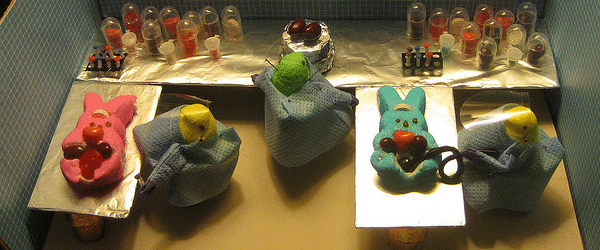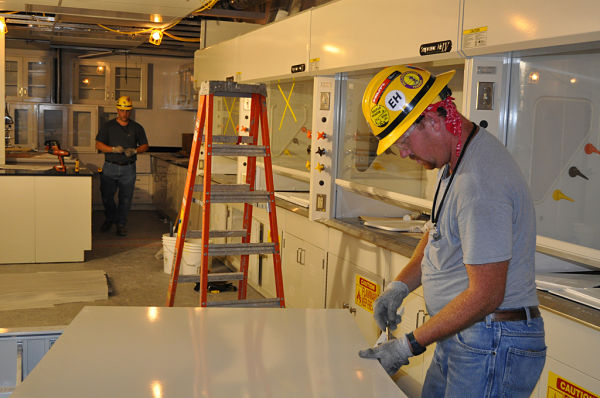No More White Elephants! – Consider this Before Buying a Real-time PCR Cycler
Does your lab have a closet full of white elephants; once expensive instruments that are no longer fit for purpose, or have broken down? In many cases, all of that wasted money and resource could have been saved if the buyers had made smart choices about matching the instrument more closely to their needs. A…






































